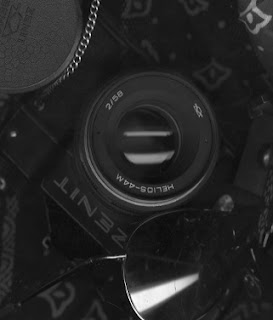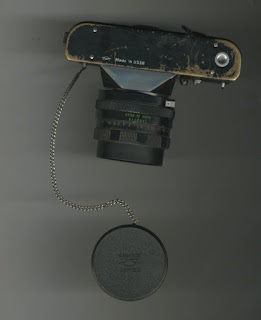Before this assignment, I knew almost absolutely nothing about web design. Apart from the brief experiences I had had in class hammering away at my mouse attempting to link a badly-drawn icon to an even more badly-designed piece of HTML code some may recognize as my "home page," I had never even considered web design as an art. It is, however. Extensively.
For this assignment, I was asked to research a singular web designer, and comment upon his or her work. However, after searching the great recesses of the digital void for works and artists to comment upon and learn from (eventually stumbling upon a site - http://www.cssdesignawards.com/ -) I quickly learned that web designers mostly work in teams, most likely due to the incredibly large amount of original material it demands--images from photographers, coding from computer programmers, video from videographers, graphic designs from graphic designers, and a host of personnel that may not even be responsible for the creation of the site as they are for hosting it, or providing the server and computer power to keep it online. To create a truly original and artistically creative website seems to be an exhaustive task.
I am now sure there are hundreds of thousands of brilliant websites, but due to proximity and a definite theoretical parallel to an assignment I am pondering for ART214, chose to explore this site in the greatest depth, and thusly their creators:
Website - http://walktalkazores.org/
Design firm - http://www.visual-kitchen.com/
The site itself is the home page of an extensive art festival held in the Azores Islands. An interesting enough fact, but this is not why I chose it--the entire site, and all of its information, is one page. One, singular home page. Rather than using links to link the user to different facets of information and data, the creators chose to use a flowchart-esque system that the user navigates throughout visually, as a journey, rather than digitally. The resulting presentation is quite pleasing and informative, to say the least. It achieves simplicity and theoretical mastery simultaneously--and has certainly triggered ideas that will aid me in the creation of my own.

























